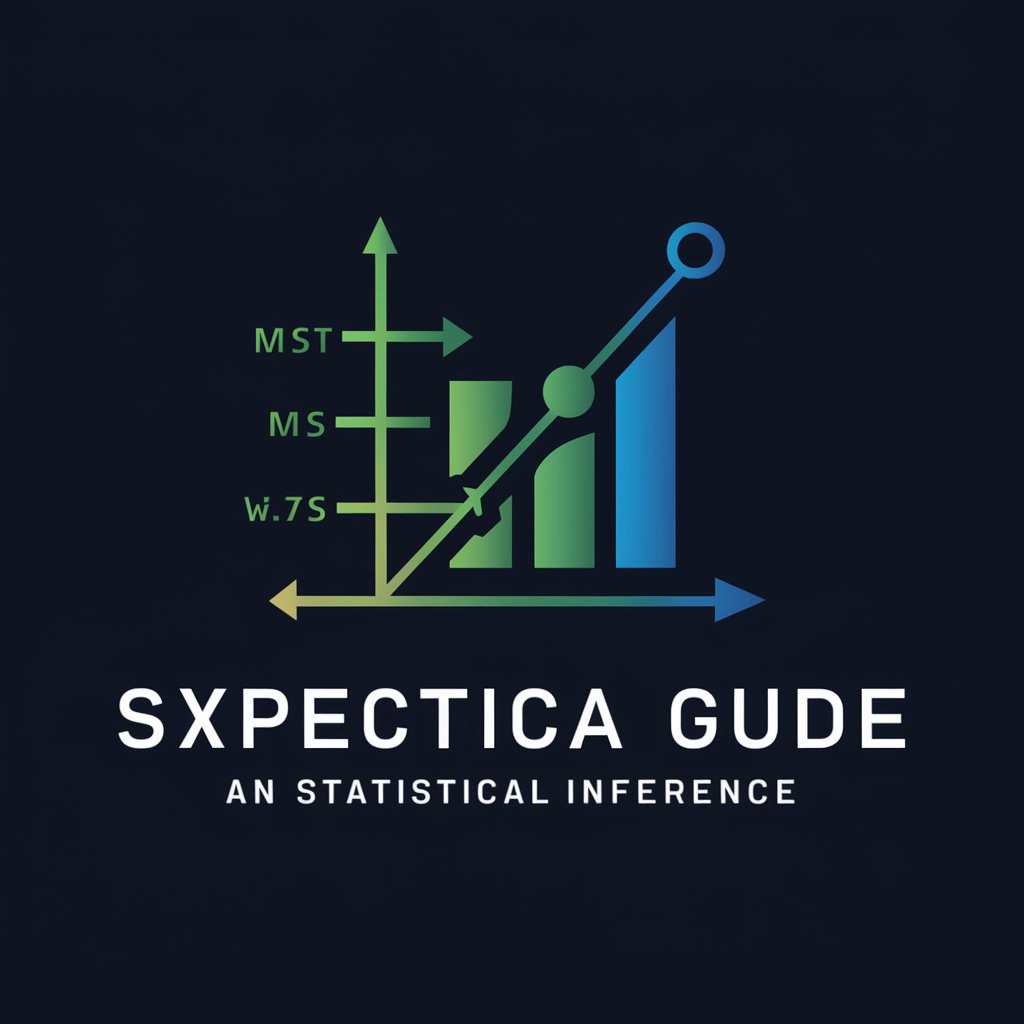
Hypothesis Testing - Statistical Hypothesis Testing
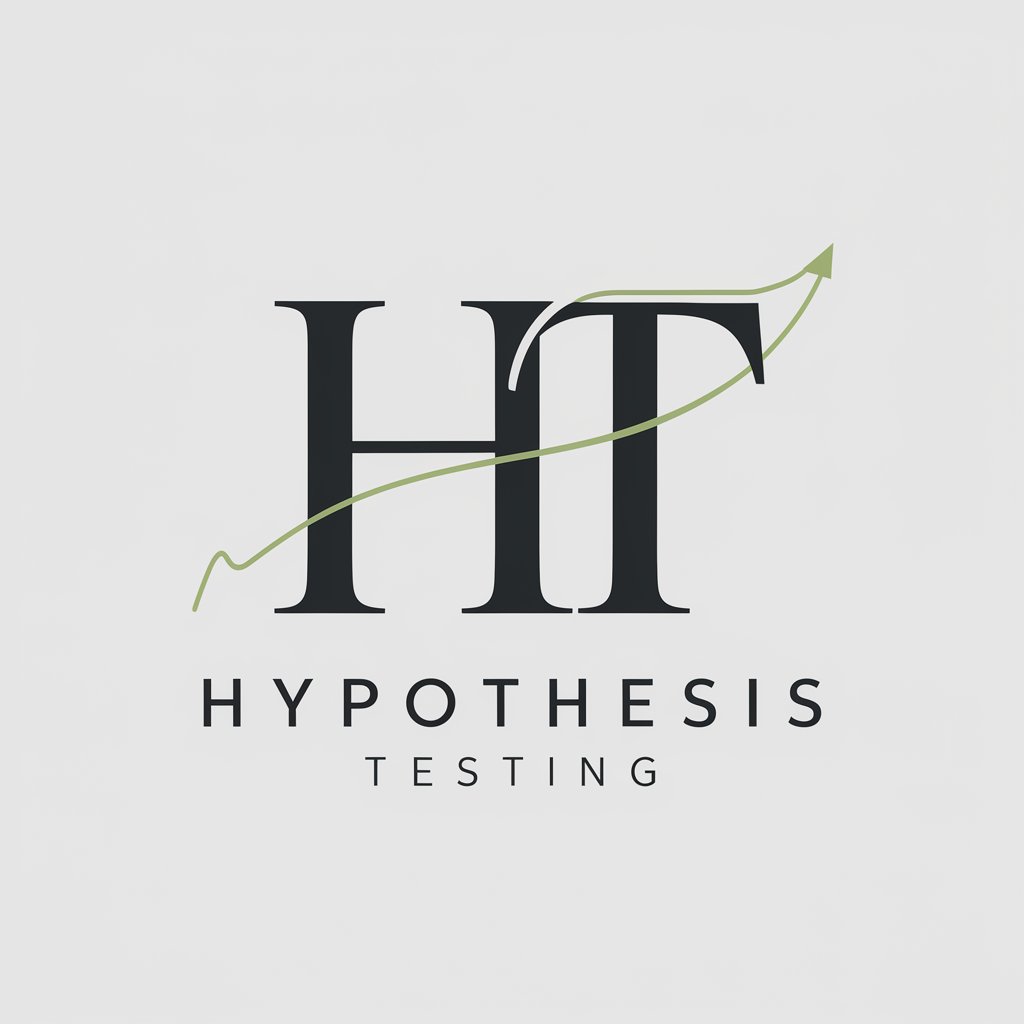
Welcome! Let's dive into hypothesis testing for your business data.
AI-Powered Hypothesis Testing Simplified
Can you help me test a hypothesis for the mean of a population?
I need to compare two population proportions. How should I start?
What's the best way to test the variance between two populations?
Can you explain the steps for conducting a paired t-test?
Get Embed Code
Understanding Hypothesis Testing
Hypothesis Testing is a fundamental concept in statistics used to determine whether there is enough evidence in a sample of data to infer that a certain condition holds for the entire population. It starts by assuming a null hypothesis (H0) that represents a default position or no effect, and an alternative hypothesis (H1) that represents the research hypothesis. The process involves calculating a test statistic from the sample data and comparing it to a critical value determined by the significance level (alpha) and the distribution of the test statistic under the null hypothesis. If the test statistic is more extreme than the critical value, the null hypothesis is rejected in favor of the alternative hypothesis. Examples include testing whether a new drug is more effective than the current standard treatment (medical research), determining if a change in a website layout leads to more user engagement (A/B testing in web development), or assessing if a new teaching method improves student performance (education research). Powered by ChatGPT-4o。

Main Functions of Hypothesis Testing
Testing for Means
Example
Assessing whether the average monthly sales of a new product are significantly different from the sales target.
Scenario
A retail company launches a new product and wants to determine if the average monthly sales achieved differ significantly from the projected target. This involves calculating the sample mean, performing a t-test or z-test (depending on sample size and known population variance), and comparing the p-value to the significance level to decide whether to reject the null hypothesis.
Testing for Proportions
Example
Evaluating whether the proportion of customers satisfied with a service differs from an expected proportion.
Scenario
A service provider surveys customers to find out if the current satisfaction rate is different from the historical average. This involves computing the sample proportion, conducting a z-test for proportions, and comparing the resulting p-value against a predefined alpha level to make a decision on the null hypothesis.
Testing for Variances
Example
Determining if the variability in delivery times has changed after implementing a new logistics strategy.
Scenario
A logistics company implements a new strategy aimed at reducing variability in delivery times. To assess the effectiveness of this strategy, the company tests whether there has been a significant change in the variance of delivery times before and after the strategy's implementation using an F-test or chi-square test for variance.
Ideal Users of Hypothesis Testing Services
Researchers and Academics
Individuals in academic and research settings use hypothesis testing to validate their theories or hypotheses against empirical data. Whether in the natural sciences, social sciences, or humanities, they benefit from hypothesis testing by being able to rigorously test their predictions and contribute to their field's body of knowledge.
Business Analysts and Marketers
Professionals in business analytics, marketing, and related fields use hypothesis testing to make informed decisions based on data. For instance, they may test hypotheses about customer behavior, product performance, market trends, etc., to optimize strategies and operations.
Product and UX Designers
Product and user experience designers employ A/B testing, a form of hypothesis testing, to make data-driven decisions about product features, user interface designs, and user experiences. This helps in creating products that better meet the needs and preferences of their users.

Guidelines for Using Hypothesis Testing
Start with a Free Trial
Access a free trial at yeschat.ai without the need for login or subscribing to ChatGPT Plus, offering an immediate start.
Identify Your Test Type
Determine whether you're working with means, proportions, or variances and whether it involves one or two populations or paired samples.
Collect Your Data
Gather relevant data points. Ensure your data is accurate, as the quality of your input significantly influences your hypothesis testing outcomes.
Set Up Hypotheses
Formulate your null hypothesis (H0) and alternative hypothesis (H1), clearly defining the expected outcome of your test.
Run the Test
Input your data and hypotheses into the Hypothesis Testing tool. Follow any prompts or instructions for selecting the right statistical test based on your data type and hypothesis.
Try other advanced and practical GPTs
Universal Consciousness Hypothesis
Exploring consciousness through AI

Hypothesis and Prediction Clarifier
Clarifying Scientific Reasoning with AI
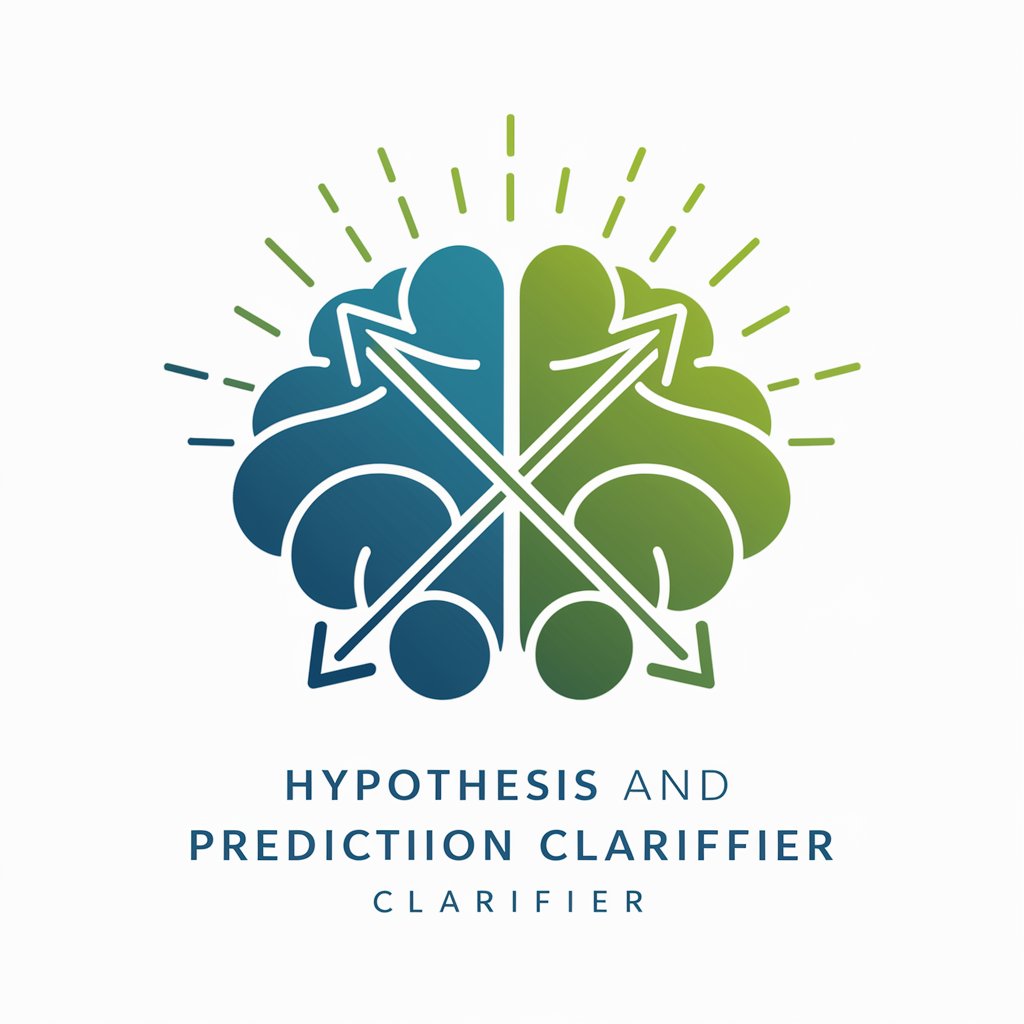
Random Hypothesis Generator
Spark creativity with AI-generated hypotheses.
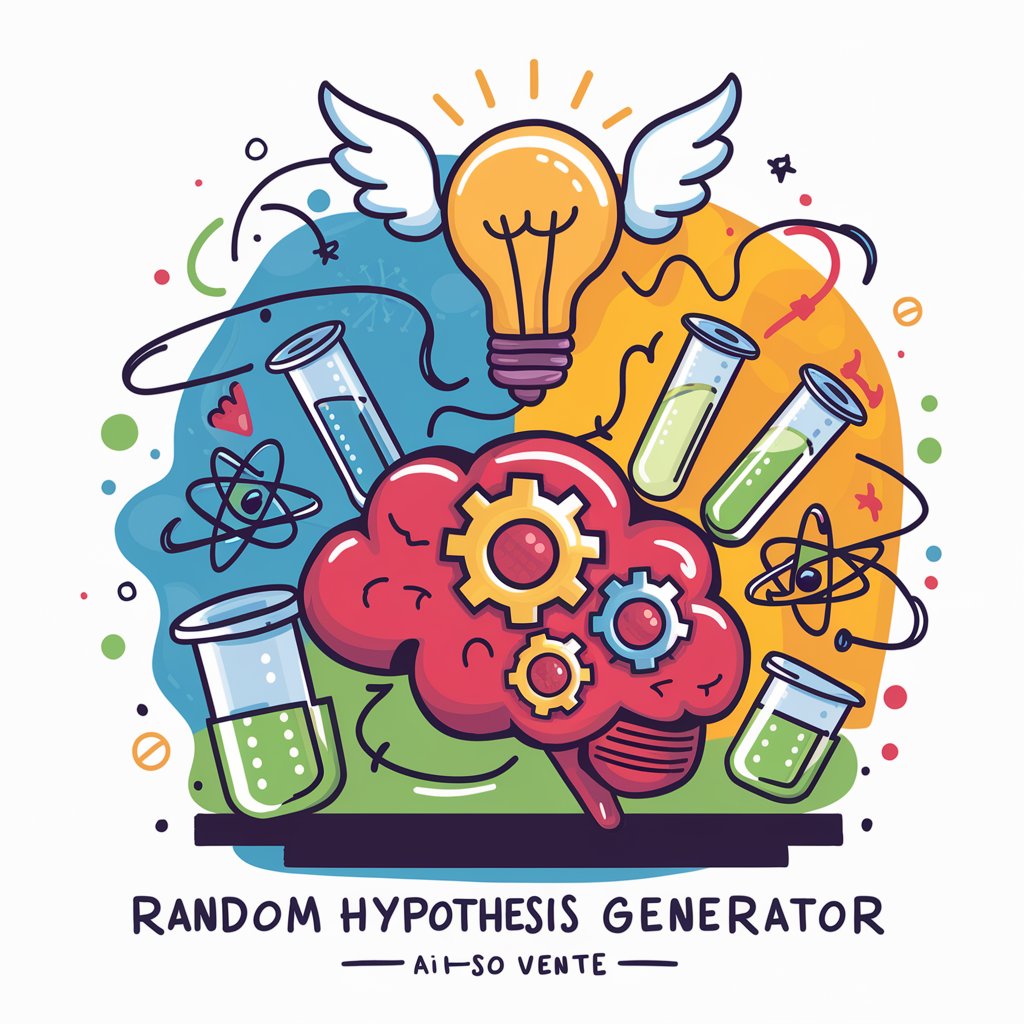
Hypothesis Harvester
Unveiling research insights with AI
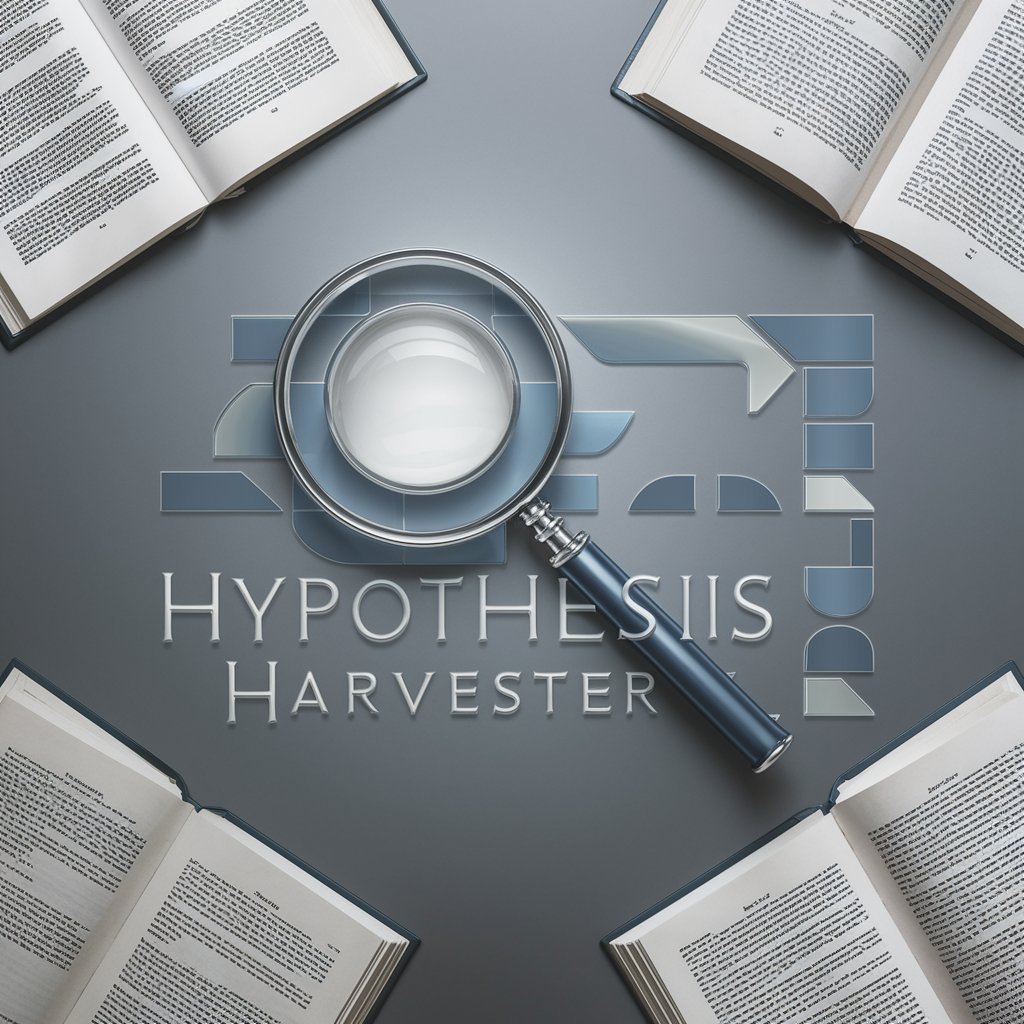
[CRO Discovery] A/B test Hypothesis Generator
Optimize conversions with AI-driven hypotheses
![[CRO Discovery] A/B test Hypothesis Generator](https://r2.erweima.ai/i/91zxFAOjSH2UeO88BK3QWA.png)
Mathematical Universe Hypothesis Analysis Bot
Exploring universes through mathematics.

The Mathematical Consciousness Cycle Hypothesis
Unveiling consciousness through mathematics

A 21st Century Poet
Revolutionizing poetry with AI.

21st Century Cinemas
Bringing Your Cinematic Visions to Life

19th Century Photography Tutor
Bringing Historical Photos to Life

19th Century Photography Tutor
Explore Photographic History with AI

Mid Century Tattoos
Crafting Vintage Tattoos with AI

Hypothesis Testing Q&A
What types of hypothesis tests can HypoTest perform?
HypoTest specializes in tests for means, proportions, and variances across one and two population cases, including paired testing. It supports t-tests, z-tests, chi-squared tests, and ANOVA, among others.
How does HypoTest handle data privacy?
HypoTest ensures the confidentiality and security of your data. It processes data solely for the purpose of hypothesis testing without storing any personal information or test results.
Can HypoTest provide explanations for the test results?
Yes, HypoTest not only delivers test results but also provides detailed explanations of the outcomes, helping users understand the statistical significance and implications of their tests.
Is there a way to verify the accuracy of HypoTest's results?
HypoTest uses established statistical methods and algorithms, ensuring accurate results. Users are encouraged to review the assumptions and conditions for each test as a further accuracy check.
Can HypoTest suggest which hypothesis test to use?
Yes, based on the data type, distribution, and your study's objectives, HypoTest can recommend the most appropriate statistical test to apply, streamlining the testing process.





